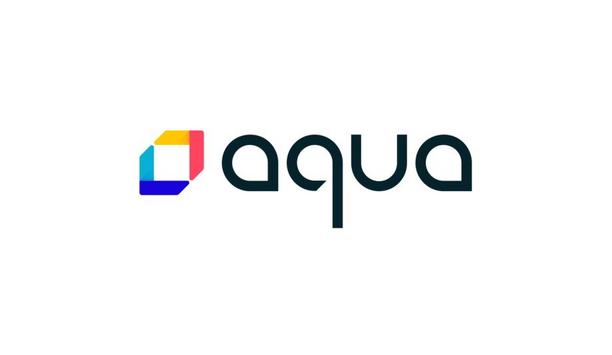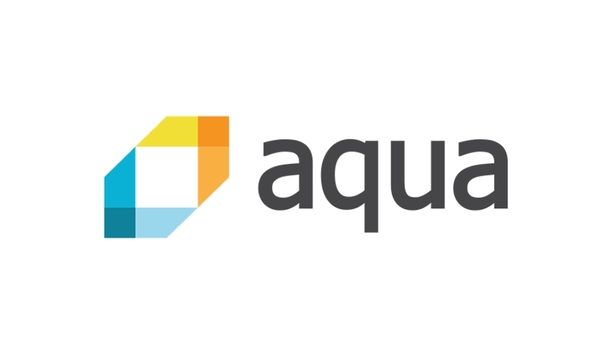Liz Rice

Liz Rice
VP Open Source Engineering, Aqua SecurityLiz Rice occupies the position of the current Vice President of Open Source Engineering at Aqua Security. She is also a chaiperson of the Technical Oversight Committee at the Cloud Native Computing Foundation.
News mentions
Aqua Security, the pure-play cloud native security pioneer, announces that Aqua’s open source Trivy vulnerability scanner is now available as an Aqua Security Trivy GitHub Action. The action int...
Aqua Security, the platform provider for securing cloud native applications and infrastructure, announced that its open source Trivy vulnerability scanner is now available as an integrated option in s...




































